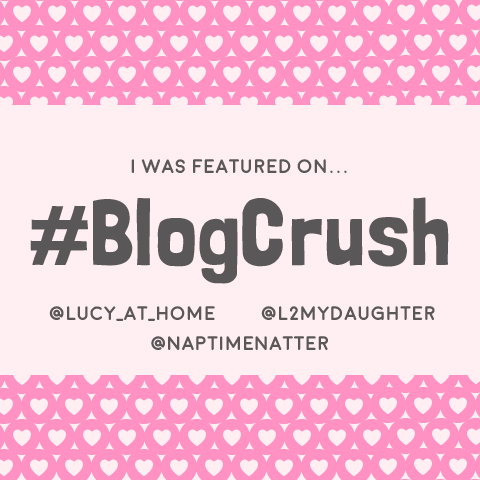I have lived in Israel for over 30 years and have nearly always flown into
Manchester when visiting the UK. When Hamas declared war on Israel on 7th
October 2023 many airlines immediately halted flights to and from Israel, and
subsequently the flight to Manchester has not been reinstated. For months I
looked for a creative solution how to get to Hull, in the north of England.
When we recently visited the UK we flew via Cyprus and, on the way home,
enjoyed a few lovely days in Larnaca. I am not sure that this is a route I
will repeat, but we had a good time in Larnaca and, as usual, saw some
interesting things.


Larnaca is a coastal city on the southern coast of Cyprus known for its rich
history, beaches, dining and shopping. It sits on the site of ancient Kition,
founded in the 13th century BCE, and is home to historic sites like the Church of Saint Lazarus, and the Finikoudes palm-lined promenade. The name "Finikoudes" means "small palm trees" and refers to the line of palm trees planted along the promenade in 1922.
The first morning of
our stay saw us visiting the Medieval Castle of Larnaca. Located at the end of
the Foinikoudes promenade, the Medieval Castle of Larnaca (also referred to as
Larnaca Fort) is believed to have been originally built during the Middle Ages,
and took its present form during Ottoman rule. The structure dates back to the
reign of Lusignan King James I (1382–1398 AD), who commissioned it to protect
the town's harbour. After the end of the Ottoman era in Cyprus, the British
converted the fort into a prison and it was used during the first years of their
rule. The western chamber of the ground floor in the east was used for the
execution of prisoners. The gallows - which must have been constructed in the
room - were in use until 1948.
Today, the fort houses Larnaca's small
Medieval Museum, which features a modest collection of weaponry and a selection
of fascinating black-and-white photographs showcasing the local area.
The Church of Agios Lazaros is located in its own square in Larnaca's town
centre. Built by Byzantine Emperor Leo VI in the 9th century, the church lies
over the believed tomb of Saint Lazaros, a figure from the New Testament said
to have been resurrected by Jesus and then fled to Cyprus where he was
ordained as Bishop of Kition. The saint is so revered that a procession is
held in his honour eight days before Easter. During the procession, the icon
of Saint Lazarus is carried through the streets of Larnaca.
Used as a mosque during the Ottoman occupation of Cyprus, the three domes and
original bell tower of the church were destroyed in the first years of their
rule, but the gold-covered iconostasis, below, has survived today and is a
superb example of baroque woodcarving.






I was keen to visit the Larnaca Salt Lake to see the flamingos and other
migratory birds who use it as a stopover during the migration seasons
between Africa and Europe. They spend the winter months there feeding off
populations of
brine shrimp. However, in the summer the water evaporates, leaving a crust of
salt and a haze of grey dust, so there was no water and certainly no
flamingo to be seen!
Located southwest of Larnaca, the Salt Lake - known locally as Alyki - is
one of four lakes in the area, three of which are interconnected. Together
with Lake Orphani, Lake Soros and Airport Lake, they cover a
combined area of 2.2 km².
According to legend, the lake's saltiness stems from St Lazarus' request to
an old woman for food and drink. She refused, claiming her vines had dried
up, to which Lazarus replied "may your vines be dry and be a salt lake
forever more." A more scientific explanation is that the salt water
penetrates the porous rock between the lake and the sea, making the water
very salty.
Salt harvested from this lake used to be one of the island's major exports, being collected with donkeys, carried to the edge of the lake, and piled up into huge pyramidal heaps. With rising labour costs harvesting dwindled to a negligible amount and stopped altogether in 1986.

Our hotel was located right next to Europe Square, a central hub featuring some of the city's earliest 19th century British colonial architecture. The square is home to the 'Seagulls in Flight' fountain designed by Greek sculptor Theodoros Papayiannis in 1996, above, the Municipal Art Gallery, and the Larnaca Historic Archives. The buildings behind the fountain were originally port customs warehouses built in 1881 during the British colonial period.
I was delighted to be able to pop out after breakfast to spend some time at the Municipal Art Gallery. The gallery showcases contemporary artworks by Cypriot and international artists and, at the time of our visit, was hosting of the
Larnaca Biennale, the biggest and most popular international arts and culture event in Cyprus. I enjoyed the wide array of artistic mediums, including painting, sculpture, video art, and installations.
The archaeological site of Kition was a short walk from our hotel. The site is one of the first that the Cyprus Department of Antiquities excavated, after the island gained its independence from British Rule in the early 1960's, and frankly it looked like it has not been touched since then! Nevertheless, it was interesting to see the ruins of part of the ancient city-kingdom of Kition (four other areas have also been excavated). The remains consist of the northern part of the ancient town and part of the defensive wall dating from the 13th century BC. Habitation continued up to the Hellenistic period, although few Hellenistic or Roman artifacts have been found at Kition, making the site unusual and especially important. It also makes it politically delicate, as Greek Cypriots tend to be less enthusiastic about ruins of Asiatic cultural origins.
The artefacts from the excavations of the area are kept in the Archaeological Museum of Larnaca District, which was our next stop.
The Archaeological Museum of Larnaca District was newly renovated in 2022 and houses a collection of archaeological finds from the whole district of Larnaca, including the ancient city-kingdom of Kition, and the main Neolithic settlements of
Choirokoitia and
Tenta at Kalavasos.
The museum contents are housed in two wings - the right hand one traces a chronological course from 8000 BC until the 12th century BC. The other wing covers the historical period forward to the Roman era in the 1st millennium BC. Faience (tin-glazed pottery), ivory and alabaster pieces showcase Cyprus' commercial and international ties with different countries during antiquity.
Despite its modest size, the museum provided clear and informative explanations for every exhibit. It was genuinely fascinating and a lovely way to wrap up our brief visit to Larnaca.
























.png)







































































